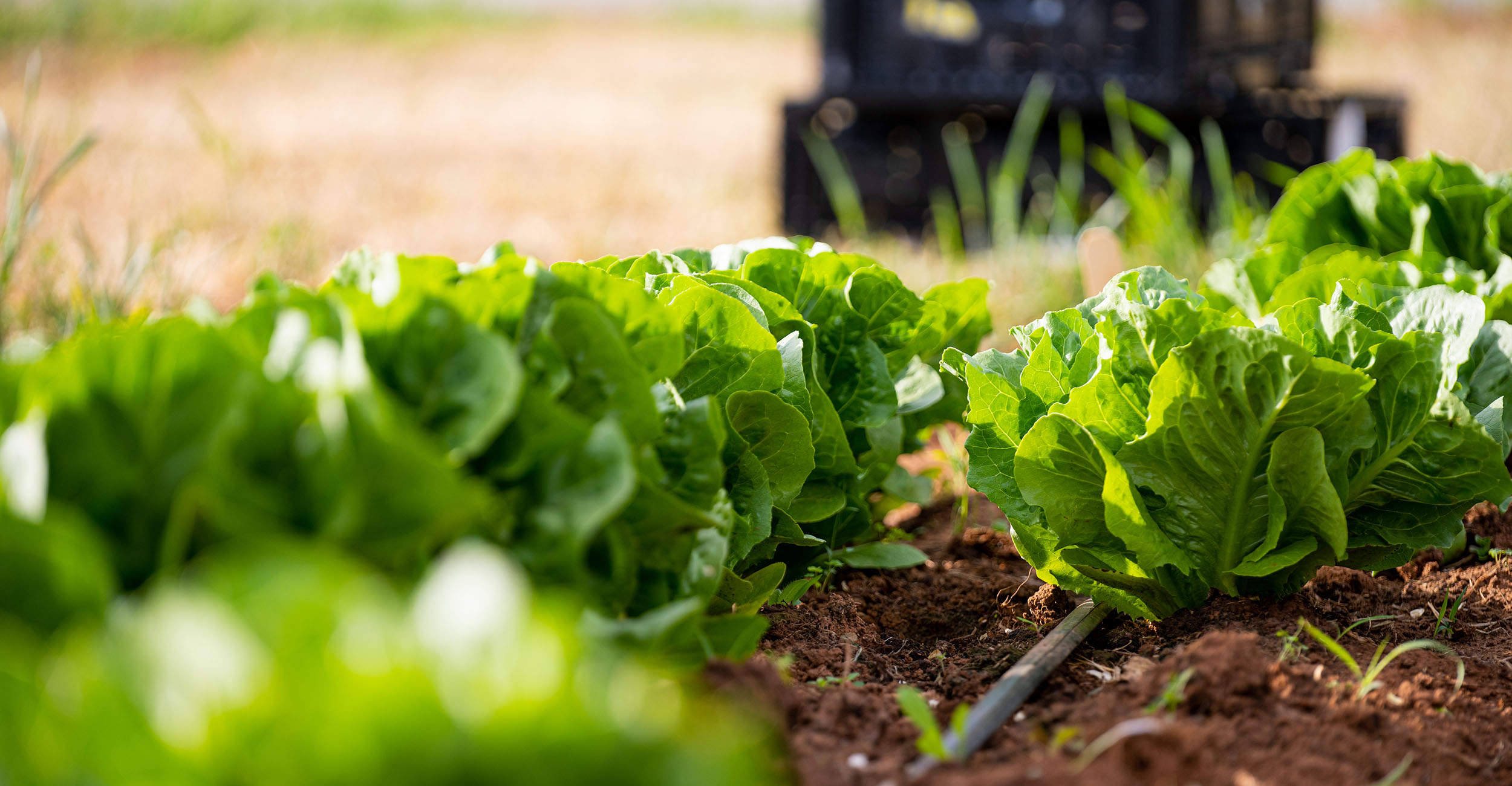
Fall gardens are planted in the heat of summer
Tuesday, July 11, 2023
Media Contact: Trisha Gedon | Sr. Communications Specialist | 405-744-3625 | trisha.gedon@okstate.edu
For many gardeners, the summer months are the busiest of the growing season. There’s nothing quite like the taste of fresh-picked fruits and vegetables. Fortunately, harvesting garden-fresh produce can continue well into the fall.
While still enjoying the bounty of the summer garden, gardeners should decide what they want to plant and harvest in the fall garden before feeling the first chill in the air, said David Hillock, Oklahoma State University Extension consumer horticulturist.
“People who garden develop an appreciation and a desire for fresh, nutritious fruits and vegetables,” Hillock said. “Some of the best quality garden vegetables in Oklahoma are grown and harvested in the fall when warm, sunny days are followed by cool, humid nights.”
Like spring and summer gardening, characteristics of soil for a fall garden play a large role in gardening success. Improving soil with organic material prior to and during the gardening season is important.
Hillock said soil should absorb water readily and not form a crust when it dries out. Soil should also drain sufficiently so it doesn’t become waterlogged and cause root rot.
When planting, gardeners have a couple of choices on how to get started, including direct-planting seeds or using transplants. Some crops are grown more easily when seeds are started early and then transplanted into the garden.
Growing transplants under partial shade from the summer sun, along with insect protection, is typically easier to accomplish than seeding directly into the garden, said Casey Hentges, host of OSU Agriculture’s television program “Oklahoma Gardening.”
“Gardeners who want to grow their own transplants will have a larger selection of seeds to purchase as opposed to the availability of transplants at the nursery,” Hentges said. “Seeds left over from the spring garden can be used in the fall garden as long as they were stored in a cool, dry location or in a refrigerator or freezer.”
When choosing fall plants, gardeners need to remember some spring-planted selections typically continue production into the fall, including tomato, okra, spinach, pepper, sweet potato and cowpea. Good choices for fall gardening include broccoli, pole and lima beans, cauliflower, cilantro, Chinese cabbage, cucumber, eggplant, leaf lettuce, pumpkin, summer and winter squash, tomatillo and sweet corn.
Hentges cautions gardeners to be aware of the time it takes from planting seeds or seedlings until they mature.
“Some plants, such as radishes, mature in as little as 20 days, but other vegetables like broccoli and pumpkin can take 100 days or more before harvest,” she said. “Gardeners need to make sure they have enough time between planting and harvest before winter sets in.”
Obtaining a stand of plants can be tricky due to the climatic conditions during July and August. High temperatures and high light intensity rapidly dries out the soil and can cause issues in developing a uniform stand of plants.
Hillock said gardeners may need to apply special treatments such as mulch or shade over rows, along with supplemental watering, to reduce soil temperature and aid in seed germination.
“In order to germinate, viable seeds must have the proper temperature, adequate moisture and sufficient oxygen,” he said. “Consider drip irrigation to make the watering process easier and more efficient.”
Conditions that are favorable for seed germination also favor the growth of grass and broadleaf weed plants. These take up valuable nutrients in the soil and use available moisture, so gardeners need to mulch the soil or cultivate when the grass and weeds are very small in an effort to get rid of them.
Additionally, insect pests may inhabit the garden and damage plants within a week. Hillock suggests frequent checks and immediate protective measures be used. Hillock said in order for the control to be effective, determine what type of pests are causing damage. OSU Extension offers information on pest control in fact sheet EPP-7313.
“It’s so satisfying growing some of the foods you serve at home. Planting a fall garden will enable families to enjoy those fresh flavors even longer,” Hillock said.
Check out OSU Extension’s gardening webpage for more gardening information.
